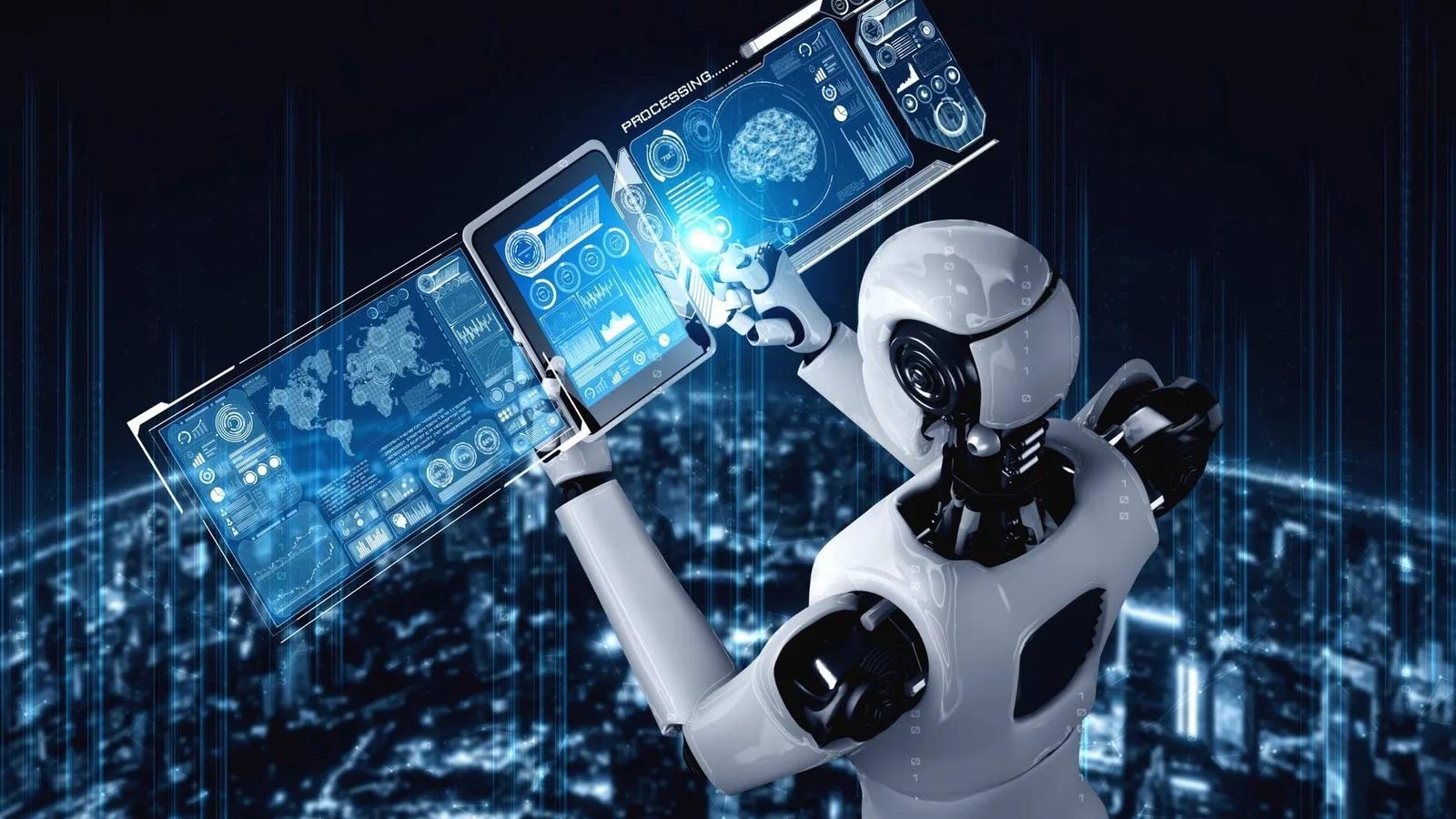Autonomous RPA on the Rise: How AI is Powering Self-Driving Bots

Traditional RPA relies on scripted rules and predefined code. However, autonomous RPA operates differently. It leverages AI, machine learning, and intelligent decision-making to enable self-driving bots that can learn, adapt, and automate processes with minimal human intervention.
As organizations face rising costs and operational inefficiencies, autonomous RPA is emerging as a game-changer. It has the potential to reshape enterprise workflows in 2025 and beyond.
Why Businesses Can’t Ignore Autonomous RPA
1. The Limitations of Traditional RPA
For years, RPA has been an effective tool for automating repetitive tasks. However, traditional bots have inherent limitations—they require structured inputs and struggle with variations or unexpected scenarios.
This rigidity creates operational bottlenecks and necessitates frequent human intervention to modify workflows. In an era where businesses must be agile, precise, and scalable, these constraints make conventional RPA insufficient.
To achieve smarter automation, companies are shifting towards autonomous, AI-driven RPA bots.
2. How AI is Transforming RPA
With advancements in AI, automation is reaching unprecedented levels. Autonomous RPA integrates deep learning, computer vision, and natural language processing—allowing bots to recognize patterns, analyze unstructured data, and make contextual decisions.
Unlike static automation, which does not improve over time, autonomous RPA continuously learns from interactions. Through AI-driven decision-making and adaptive navigation, businesses can scale automation without the ongoing burden of retraining bots or refining rigid rules.
3. Real-World Applications of Autonomous RPA
Leading enterprises across various industries are already leveraging autonomous RPA to drive efficiency:
Banking – AI-powered bots analyze transactions in real-time, detect fraud, and flag suspicious activity—all without manual intervention.
Healthcare – Autonomous bots streamline patient data processing, manage insurance claims, and even assist in medical diagnostics.
Manufacturing – AI-driven RPA optimizes supply chain management by forecasting demand fluctuations and automating procurement decisions.
These self-driving bots are not just automating routine tasks; they are transforming industries by making processes more intelligent, proactive, and efficient.
To Read Full Article, Visit @ https://ai-techpark.com/rise-of-autonomous-rpa-ai-driven-automation/
Related Articles -
- Art
- Causes
- Crafts
- Dance
- Drinks
- Film
- Fitness
- Food
- Games
- Gardening
- Health
- Home
- Literature
- Music
- Networking
- Other
- Party
- Religion
- Shopping
- Sports
- Theater
- Wellness




